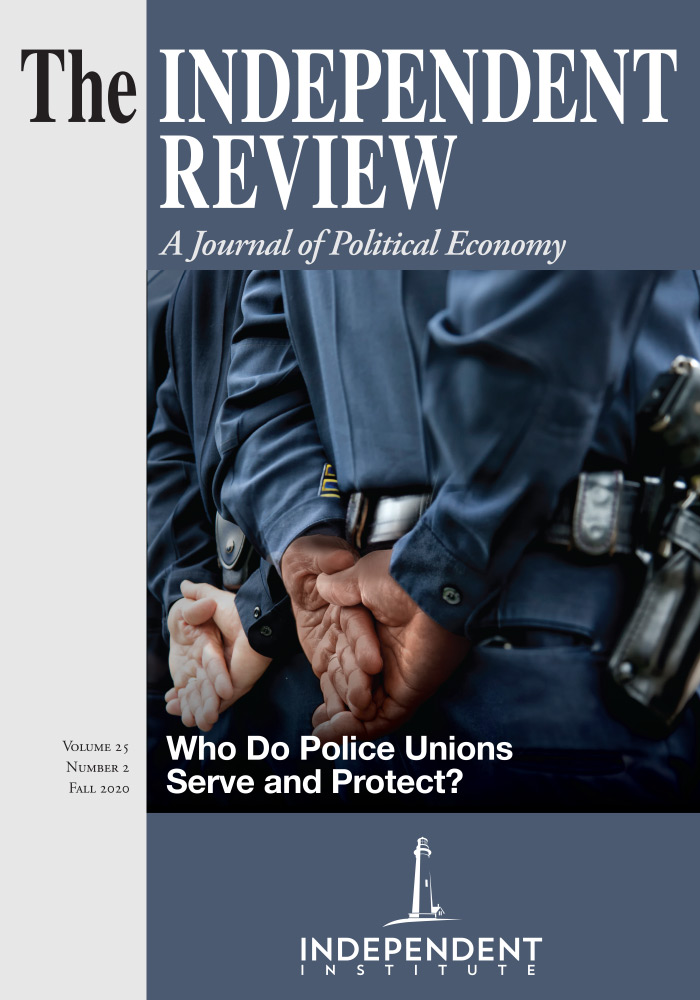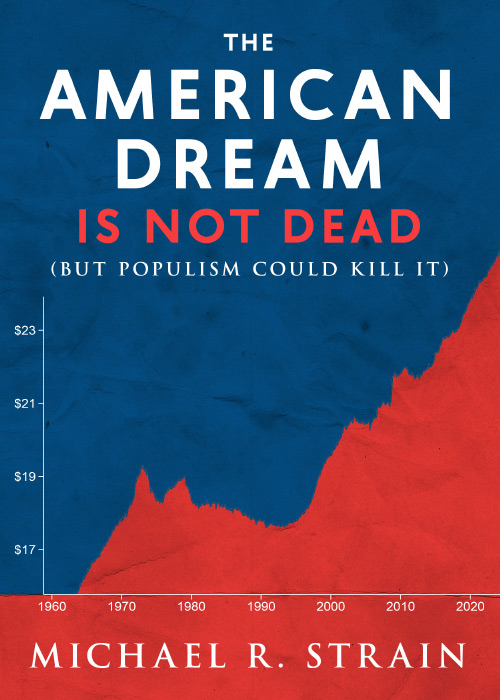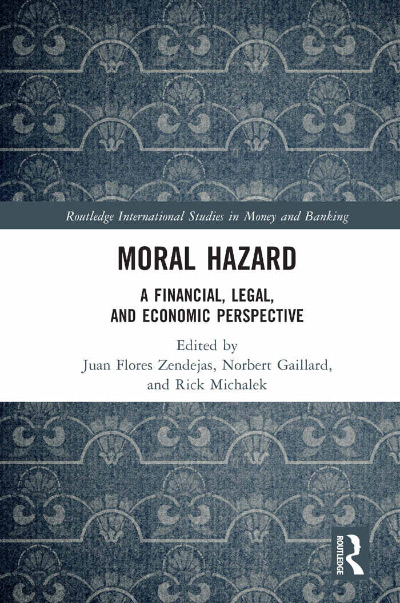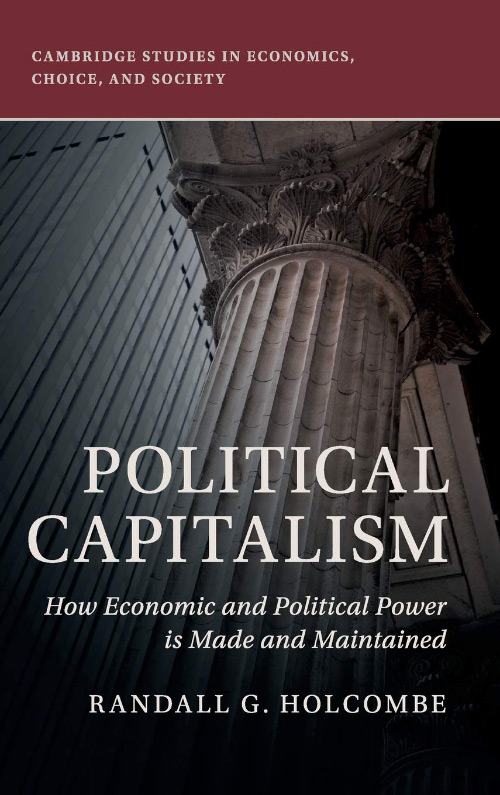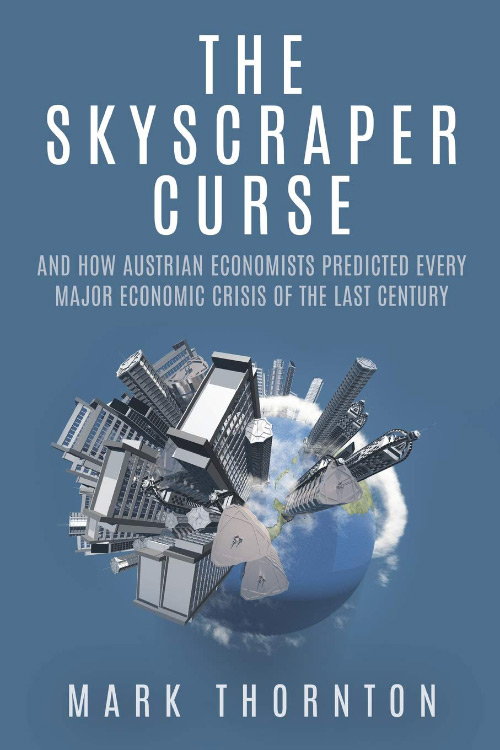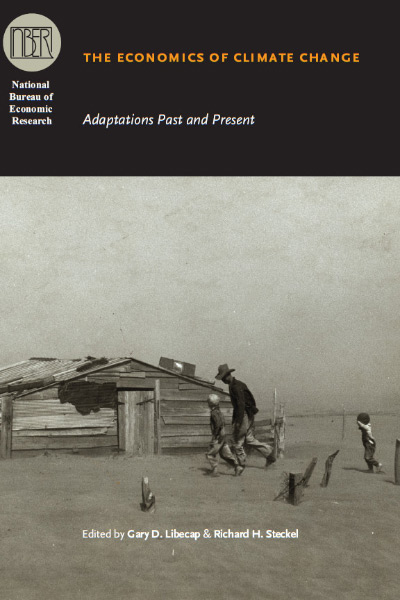It is common to hear that working-class wages have stagnated; that many prime-age workers today are worse off than their parents were; and that the economy is rigged for all but those at the very top. In a new book titled The American Dream Is Not Dead (But Populism Could Kill It), Michael R. Strain provides a much-needed corrective. “Bruce Springsteen’s songs are brilliant and moving,” he writes. “But most of us aren’t characters in a Springsteen song” (p. 24).
Strain offers a clear and concise accounting of the empirical evidence. Prior to the global pandemic, which does not reflect long-term trends, unemployment was low (p. 29) and even “vulnerable workers,” like those with disabilities or criminal records, were more likely to find work (p. 30). Average real wages, which declined somewhat from the mid-1970s to early-1990s, have been increasing ever since and are significantly higher today than they were in the 1970s—regardless of whether one uses the consumer price index or personal consumption expenditures price index to adjust for inflation (p. 44). And the average increase in real wages is not merely because the rich are getting richer. Over the last thirty years, real wages have increased by 36 percent for those at the tenth percentile; 34 percent for those at the twentieth percentile; and 29 percent for those at the thirtieth percentile (p. 47).
The broad view that Strain presents is even more auspicious when one moves beyond mere wages. From 1990 to 2016, market income—which includes labor income, employer-provided health insurance, business income, capital income, and retirement income—increased by 21 percent for the median household (p. 51). Income before taxes and transfers—which adds Social Security, Medicare, disability insurance, unemployment insurance, and workers’ compensation—increased by 28 percent for the median household over the same period (p. 52). Income after taxes and transfers—which adds means-tested transfers like Medicaid, the Children’s Health Insurance Program, food stamps, and Supplemental Security Income and subtracts federal taxes—increased by 44 percent (p. 53). And, as with real wages, the gains in real income were not limited to those in the top half of the distribution. Those in the bottom quintile saw market income, income before taxes and transfers, and income after taxes and transfers increase by 44, 34, and 66 percent, respectively.
Of course, demonstrating that most Americans are doing much better today is not to deny the struggles of some. And Strain is quick to acknowledge those struggles. “The United States faces serious economic challenges, including managing the effects of advancing technology, declining workforce participation rates, towns and communities that have been left behind by globalization, failing schools, tempered dynamism and energy, and relatively slow productivity growth,” Strain writes (p. 4). “America faces serious social challenges as well, including decaying social capital, increasing socioeconomic fragmentation, ‘deaths of despair,’ the opioid crisis, and a very troubling increase in suicides,” he adds (p. 4). However, “the national conversation about the American Dream is so detached from the underlying reality that it has become incorrect. We are confusing pockets of real struggle in American life with the broader canvas of the American Experience” (p. 4).
Strain gives much attention to the hollowing out of the American middle class. He shows that middle-skill, middle-wage jobs have in fact declined as a share of total employment over the last four and a half decades (p. 64). This decline, he argues, is largely a product of technological growth: “As the cost of computing has dropped, businesses have increasingly turned to technology to perform the types of rules-based procedures” common in old middle-class jobs (p. 66). But Strain sees a new set of middle-class jobs emerging, which includes health care support occupations, transportation, education and training, and personal care and service. While old middle-class jobs fell from around 10 to 8 percent of total employment over the last two decades, new middle-class jobs have increased from around 10 to 12.5 percent (p. 69). And that, he maintains, is more or less what one should expect: “Labor-saving technology in some occupations creates a pool of available workers, and businesses have an incentive to find ways to use those workers” (p. 74).
If anything, Strain concedes too much to the naysayers. Consider his discussion on relative income mobility. Using the Panel Study of Income Dynamics, Strain shows that 36.1 percent of those raised in the bottom quintile find themselves there today (p. 83). “I am paid to have strong opinions about these sorts of statistics,” he writes, “but honestly I don’t know what to make of them. On the one hand, arguing that one-third of children raised in the bottom remain there when they reach their prime earning years makes America seem like a class society. On the other hand, arguing that two-thirds of children raised in the bottom escape that position as adults makes America seem quite upwardly mobile” (p. 84).
Really? If family income was determined by pure chance, one would expect 20 percent of those raised in the bottom quintile to land up there as adults. In a pure class system, it would be 100 percent. America is much, much closer to a random distribution than it is to a pure class system. And, surely, some portion of the outcomes observed today is the result of hereditary traits that played a role in the outcomes observed in the past. That only 36.1 percent of those raised in the bottom quintile remain in the bottom quintile as adults despite these hereditary traits suggests that America is incredibly mobile.
Strain is right to draw our attention away from relative mobility and toward absolute mobility though. And, on that margin, there is more good news: “86 percent of today’s 40-somethings who were raised in the bottom 20 percent have higher incomes than their parents did when their parents were in their 40s” (p. 90). For those raised in the second quintile, 76 percent have higher incomes than their parents did (p. 91).
Much of Strain’s book serves to demonstrate that living standards and economic mobility are better than politicians and opinion leaders typically claim. The author is arguably at his best, however, in explaining why it is so important that one hears the truth. “People respond to messages,” he writes (p. 105). “Messages matter. And if all you hear from political leaders in both parties is that the game is rigged—that you are a victim of the elites and immigrants, that you are largely helpless—then for many, that message will dim aspirations, reduce effort, and sap energy. And because the economy rewards hard work, if people aspire to less and put in less effort, their economic outcomes will suffer” (p. 105). The usual message is wrong, Strain insists. But, if believed, it has the potential to make fact out of fiction. We must proclaim the truth of our betterment in order for it to persist.
Strain sets a fine example in his short, approachable book. He shows that living standards have not stagnated in America. To the contrary, most prime-age workers today are better off than their parents were. There are real economic and social problems, which policymakers should address. But the economy is not rigged for all but those at the very top. One should hope his message is heard—and repeated—far and wide.
| Other Independent Review articles by William J. Luther | |
| Spring 2018 | The Curse of Cash: How Large-Denomination Bills Aid Crime and Tax Evasion and Constrain Monetary Policy |
| Winter 2015/16 | Bitcoin and the Future of Digital Payments |
| Winter 2013/14 | The Battle of Bretton Woods: John Maynard Keynes, Harry Dexter White, and the Making of a New World Order |

